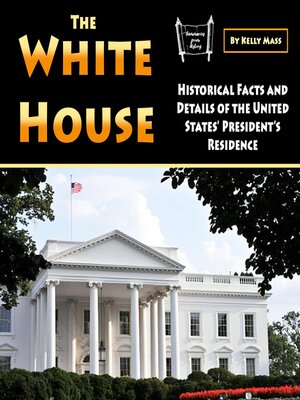The White House
audiobook (Unabridged) ∣ Historical Facts and Details of the United States' President's Residence
By Kelly Mass

Sign up to save your library
With an OverDrive account, you can save your favorite libraries for at-a-glance information about availability. Find out more about OverDrive accounts.
Find this title in Libby, the library reading app by OverDrive.



Search for a digital library with this title
Title found at these libraries:
| Library Name | Distance |
|---|---|
| Loading... |
This audiobook is narrated by a digital voice.
The story of the White House begins not with the first stone laid or the first presidential inhabitant, but with the revolutionary idea that a democratic republic should have a chief executive who lived in a house rather than a palace, a residence that would embody the principles of the new nation while commanding respect from foreign dignitaries and domestic citizens alike. When the framers of the Constitution created the office of the presidency in 1787, they established an unprecedented form of executive leadership that required a physical setting reflecting both the power and the limitations of democratic governance. The challenge of designing and constructing such a residence would test the young republic's ability to balance competing visions of American identity while creating a lasting symbol of democratic ideals.
The selection of the site for the nation's capital and the president's house reflected the complex political negotiations that characterized the early American republic, as regional interests, economic considerations, and symbolic concerns all influenced the decision-making process. The Residence Act of 1790, which designated a federal district along the Potomac River between Maryland and Virginia, represented a carefully crafted compromise that balanced Northern and Southern interests while creating a new city that would belong to the entire nation rather than to any particular state. The location chosen by President George Washington himself demonstrated his understanding that the capital's physical setting would influence both domestic politics and international perceptions of American power and permanence.







